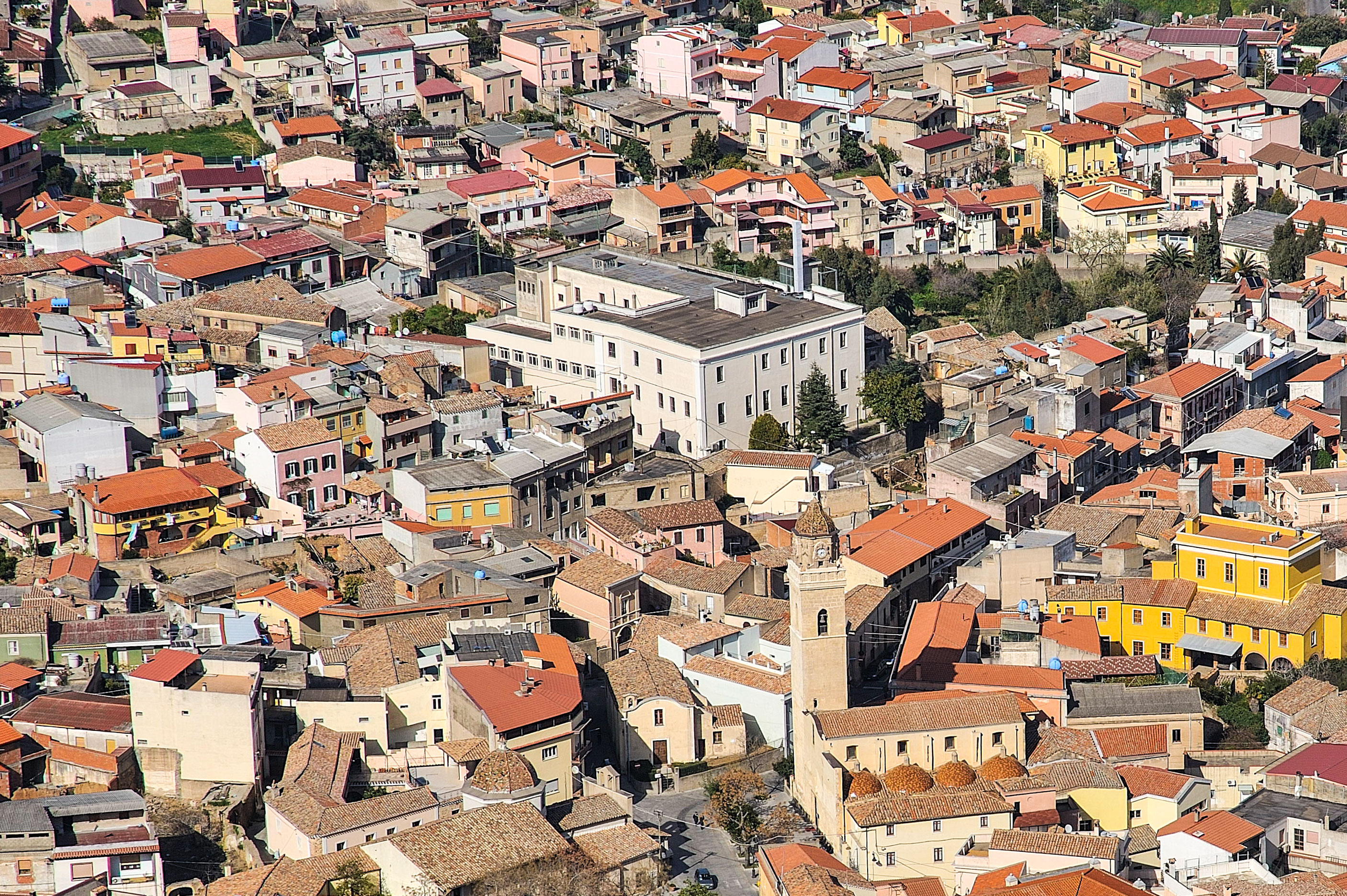Place detail
Bishop’s Palace
The Palace was once the residence of the Brondo Marquises, lords of Villacidro from 1594 to 1694. Over the centuries it has been used for many purposes and has been renovated many times as well.
The healthy environment of the town inspired Monsignor G.M. Pilo, Bishop of the Ales Diocese, to purchase the palace and convert it into his summer residence as a refuge from the malaria that was raging through the plains.
The building was adopted as the Prefecture’s office between 1807 and 1814, when Villacidro was the capital town of the Province. It included a prison that was in use until the middle of the 20th century. It was converted into the Bishop’s seminary in 1932 and is still used for this purpose.
It is to this day an important reference point that often hosts cultural events of remarkable importance due to its impressiveness, some of its architectural detail, the fountain located in the inner courtyard, the fresco paintings in some of the halls and entrance as well as for its extensive gardens filled with trees and its easy accessibility. This great facility is a fundamental reference point for local citizens and anyone visiting the town, notwithstanding the fact that it is currently not that much in use.
The Bishop’s Palace is near the very central piazza Santa Barbara and the Washhouse to which it is connected by an ancient cobblestone staircase leading to a narrow, cobblestone lane that winds directly to the inside of the Washhouse, after having followed along the massive structure of the Cadoni Mill.
Geographic map
Author's words
…the target could have been the iron weathercock on one of the many chimney tops of the Archbishop’s building, that once hit ran around and around letting off a mournful creak that could even be heard from Fulgheri house.
(Giuseppe Dessì, Paese d’ombre)
